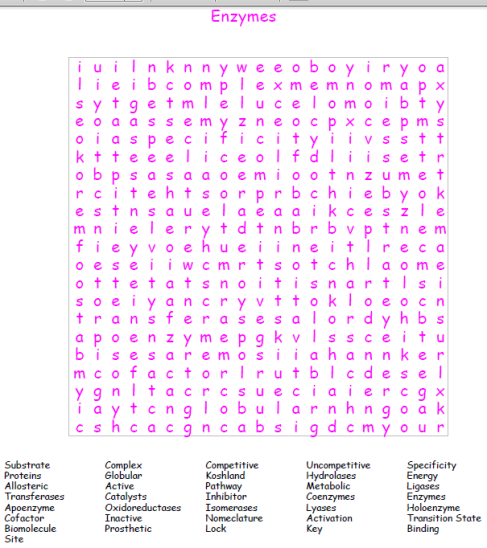Article: Eiji Furuta, Hiroshi Okuda, Aya Kobayashi, and Kounosuke Watabe*- Metabolic genes in cancer: their roles in tumor progression and clinical implications; Article accessed on 13th April, 2013


Metabolic Genes in Cancer
The equilibrium of energy homeostasis in a normal cell is due to three metabolic pathways which include glycolysis, lipogenesis and tricarboxylic acid (TCA) cycle which are in turn closely linked to amino acids. Cells use glucose as its main energy source. Glucose is converted to pyruvate through glycolysis whereas pyruvate is converted to acetyl-CoA which is then used in the TCA cycle in the mitochondria. ATP is generated by TCA via oxidative phosphroylation and citrate is transferred to the cytoplasm which is then converted to acetyl- CoA and used as a substrated for fatty acid generation via the lipogenesis pathway. Fatty acids are used as storage and also as a component in membrane biosynthesis as well as impacting cell signaling by protein modification.
Tumor cells are deemed hypoxic as they re-programme these metabolic pathways. Cancer cells have a high metabolism due to their active proliferation and motile nature. Based on studies and further research, it is believed that tumors rely on non-oxidative energy sources such as glyolysis and as a result tumor progression and tumorigenesis is due to the high number of genes involved in metabolic pathways.
In cancer cells, glucose uptake is significantly increased and oxidation phosphorylation in the mitochondria is significantly decreased. Due to the lack of oxygen and nutrition of the blood supply, rapidly growing cancer cells suffer, glucose metabolism and lactate generation is characteristic of tumor cells which results in hypoxia.
The link between glycolysis and tumorigenesis is a tumor suppressor, P53 which hypothetically blocks the glycolytic pathway through the tumor surpressor and induced glycolysis and apoptosis regulator. This occurs when the glycolytic metabolite fructose-2,6-bis-phosphate is decreased which induces glycolysis and inhibits gluconeogenesis.
Transporter proteins are used in the uptake of glucose across cell membranes. On these transporter proteins there are both amino and carboxy-terminal ends exposed to the cytoplasmic side of the plasma membrane. From the protein family, GLUT1 is found in several different ranges of cancers which include pancreatic, breast, brain and lung to name a few. It acts as an oncogene in cancers which can be mutated and found in high consistencies.
In tumor cells, the re-programming of the lypogenesis pathway is usually a significant alteration. Three genes participate in this process, ATP citrate lyase (ACLY), Acetyl-CoA carboxylase (ACC) and Fatty Acid Synthase (FAS). In FAS, pyruvate is converted to acetyl-CoA in the mitochondria and is then used in the TCA cycle. Citrate is produced in the presence of sufficient amount of ATP and exported to the cytoplasm where it is catalyzed by ATP citrate lyase (ACLY). Cytosolic acetyl-CoA is then generated which is a key precursor of fatty acids. Acetyl-CoA is then carboxylated by ACC to synthesize malonyl-CoA which is then converted to palmitate (16-carbon saturated fatty acid) as the first fatty acid in lipogenesis by the key rate limiting enzyme.
Citrate is converted to Cytosolic acetyl-CoA by ACLY which is high in tumor cells. ACLY inhibitors block production of acetyl-CoA and consequently suppress cell growth in vitro and in vivo which results in the loss of tumorigenicity in vitro. It can therefore be determined that ACLY contributes to tumorigenesis and tumor cell survival.
The metabolic pathways of cancer cells are said to re-programme during tumors which is due to the alteration of metabolic genes. A high glucose uptake is observed in tumor cells whereas mitochondrial activity seems to be decreased in cancer cells.










